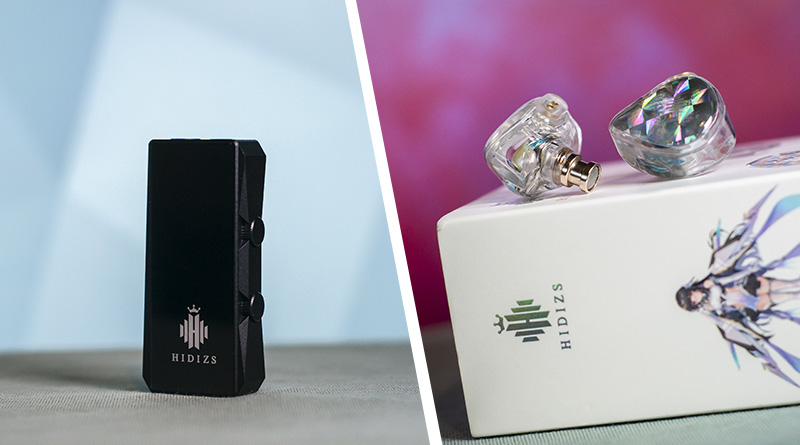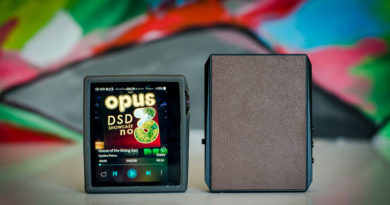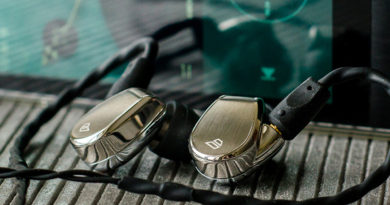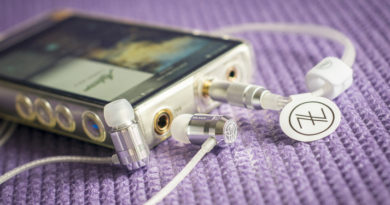Hidizs S9 Pro Plus and MS1-Galaxy – great everyday bundle
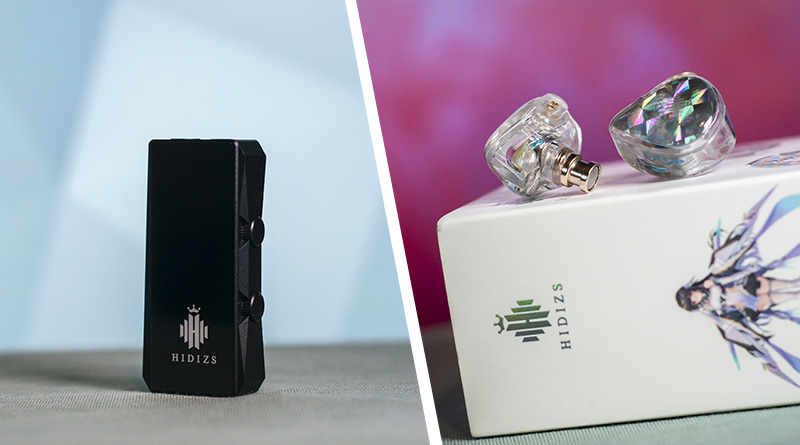
Not very common review today since it consists of two interesting units from the same brand – Hidizs. This brand has been quite active and brought intriguing and worthy stuff for the past couple of years. Their latest MP145 planar IEMs made some noise before the launch and early bidders have already started to receive their parcels and supply own very positive impressions.
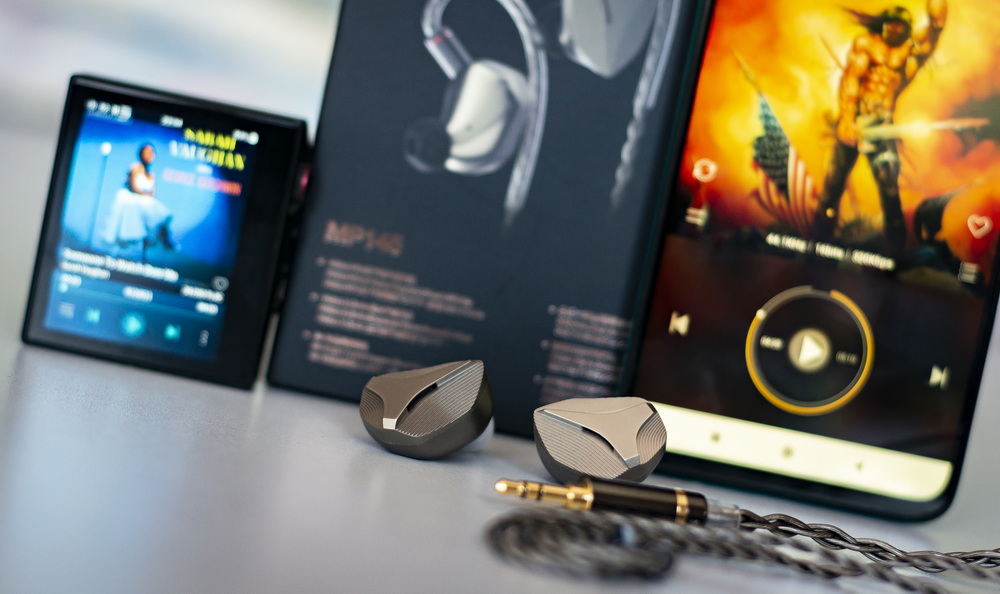
Glad to see that the feedback on the sample items the reviewers have shared this summer finally turns into pleasing satisfaction of Hidizs customers and supporters and the campaign turned out a success in overall.
This time I’d share my experience and impressions of spending several weeks with Hidizs S9 Pro Plus USB DAC|AMP dongle and the latest SDD IEMs – MS1 Galaxy. And since the devices create a great pair, I’d review those together in one article, starting with the dongle.
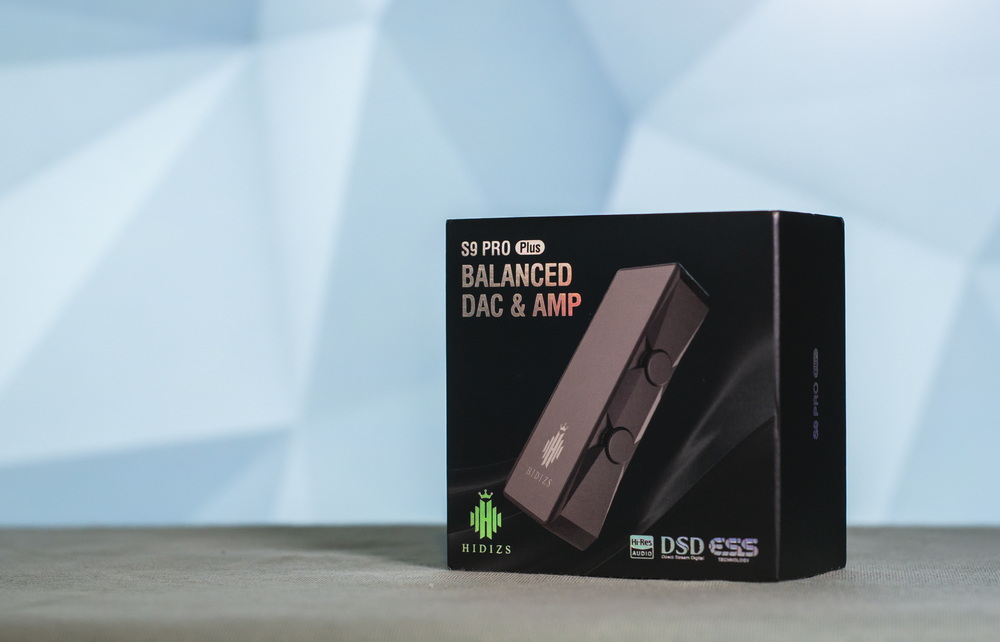
First of all, S9 Pro Plus (codename “Martha”) is a successor of the previous versions of S9 lineup: S8 -> S9 -> S9 Pro -> S9 Pro Plus. Currently, Hidizs is pretty strong in such devices and has a long list of dongles: S8, S9 series (3 devices), XO, S3 Pro. Previous S9 dongles were widely reviewed and commonly placed on top among similar products of other brands and S3 Pro even has been mentioned in New York Times as the best budget pick. Back to S9 series…
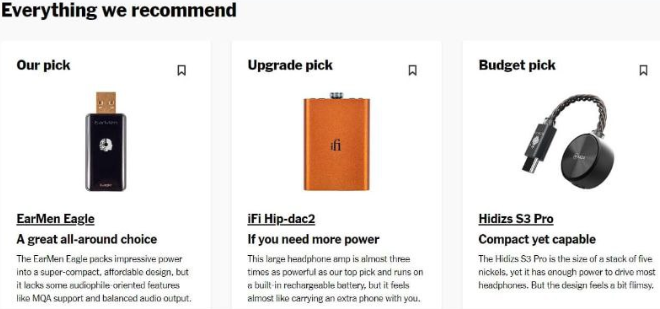
Personally, I would say that S9 Pro Plus is a direct successor of S9 Pro whereas the original S9 is a standalone product. The main difference is that the original S9 is built on AKK DAC while S9 Pro and the newest Plus versions share similar ESS ES9038EQM DAC chip. Here we can see all the difference:
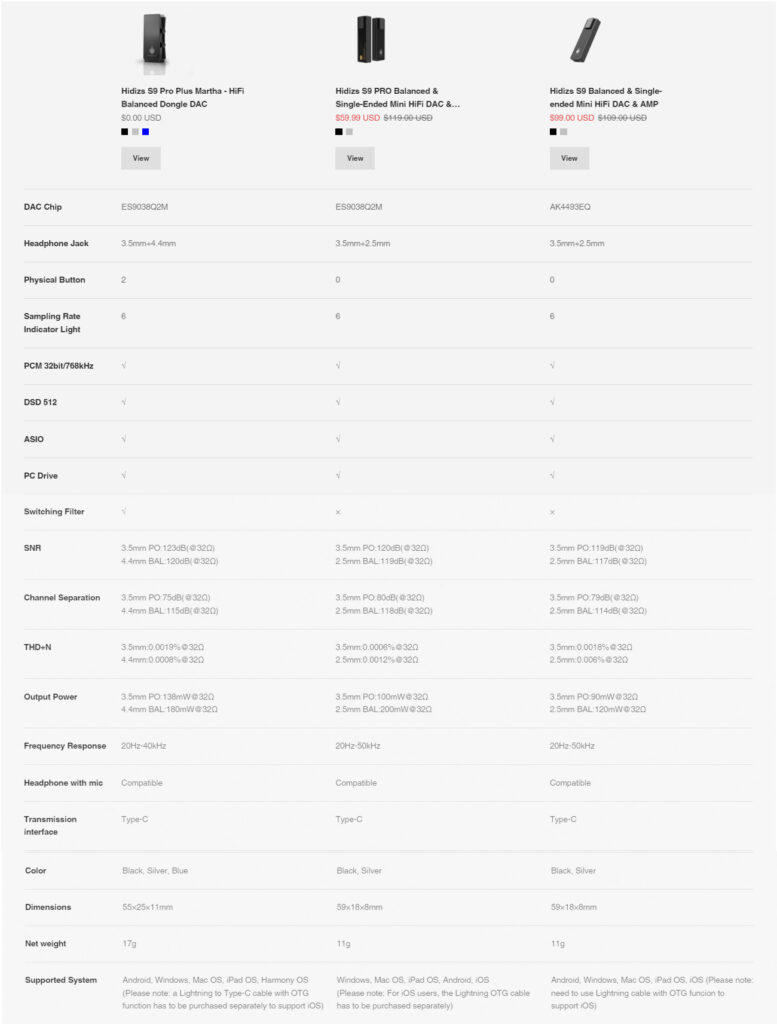
Despite that architecture of S9 and S9 Pro is different, their design and some features are more similar to each other than between S9 Pro and S9 Pro Plus. Plus version now offers 4.4mm BL & 3.5mm SE ports instead of 2.5 + 3.5 combination, it now features physical buttons, different design layout and additional switching filters. And on top of that there is more than 30% gain in power comparing to the original S9 version.
Full S9 Pro Plus specs:
- Dimensions: 55×25×11mm
- DAC Chip: ESS9038Q2M
- DSD: Native DSD64/128/256/512
- PCM: up to 32bit/768kHz
- Outputs: single-ended 3.5mm and balanced 4.4mm
- Sampling rate indicator: yes
- Shell material: CNC integrated aluminum alloy
- Function buttons: 2
- Switching filter: 7
- USB interface: Type-C
- OS compatibility: Android, Windows, Mac OS, iPad OS, Harmony OS (Please note: a Lightning to Type-C cable with OTG function has to be purchased separately to support iOS)
- Net weight: 17g
- Colors: Black, Sliver, Blue
- Packing list: Type-C to Type-C Cable×1, Type-C to USB-A adapter×1, User manual×1, Warranty card×1
Audio:
Under 32Ω load:
- Frequency Response: 20Hz-40kHz
- Distortion: PO (3.5): 0.0019%, BAL (4.4): 0.0008%
- Signal-to-noise ratio: PO (3.5): 123dB, BAL (4.4): 120dB
- Separation: PO (3.5): 75dB, BAL (4.4): 115dB
- Output power: 138mW+138mW SE 3.5mm, 180mW+180mW BL 4.5mm
What has also changed is the design of the box – it became significantly smaller and features hard case with soft insert now instead of cardboard in previous dongles. Comes with the device itself, one USB type C -> type C cable and the additional USB A -> type C adaptor for older PC or Mac that don’t have type-C on board.
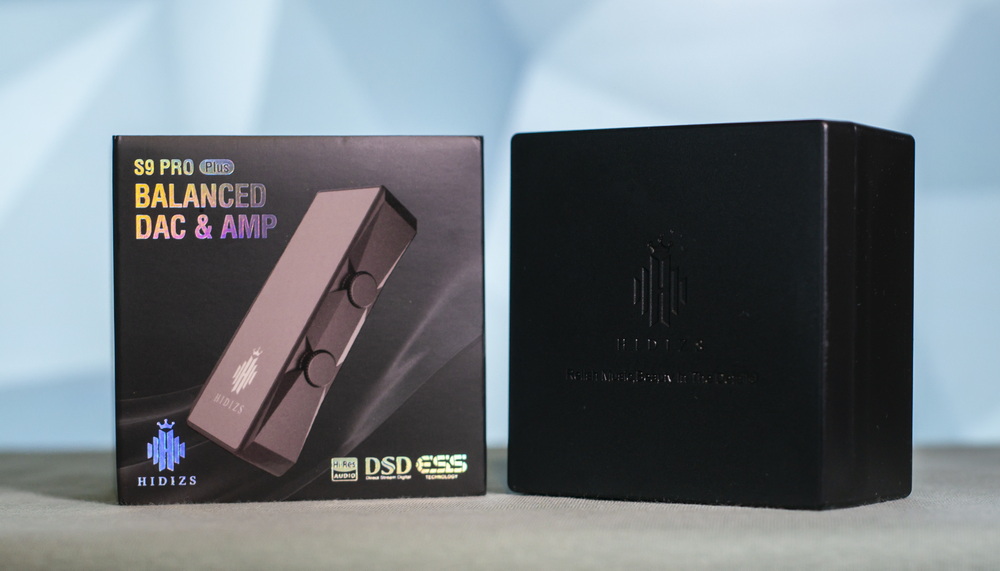
S9 Pro Plus has the dimensions of 55x25x11mm, consists of the aluminum chassis with front and back glass panels. Design is resembling all Hidizs products with its sharp edges put under different angles.
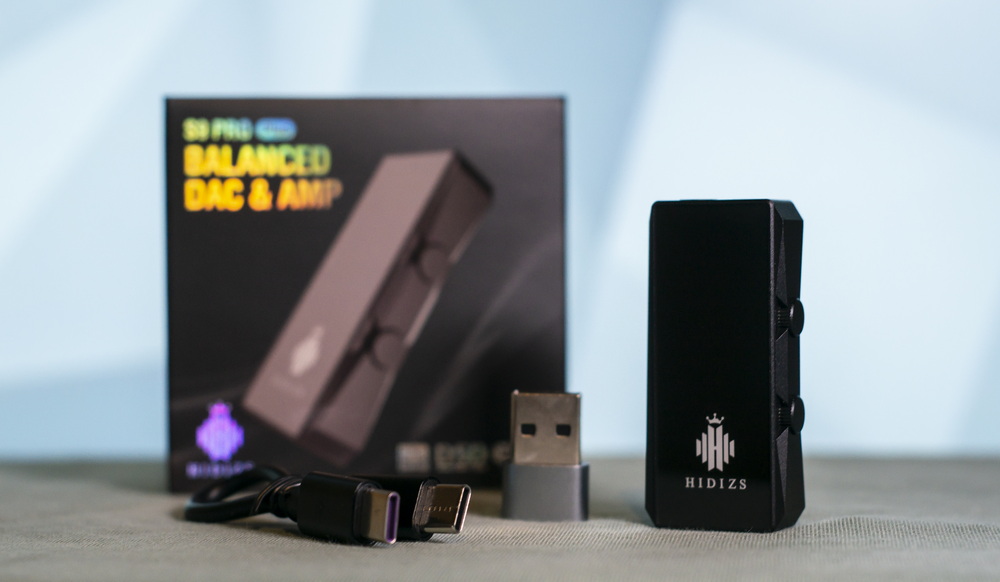
Another heritage is Hidizs logo at front which also acts as RGB LED indicator for sampling rates and different sound filters. Looks beautifully when active but I wouldn’t call it informative. I would prefer slightly more expensive dongle with OLED screen and full information about rates, filters and track quality. Anyway, here is the list of LED colors and their meanings:
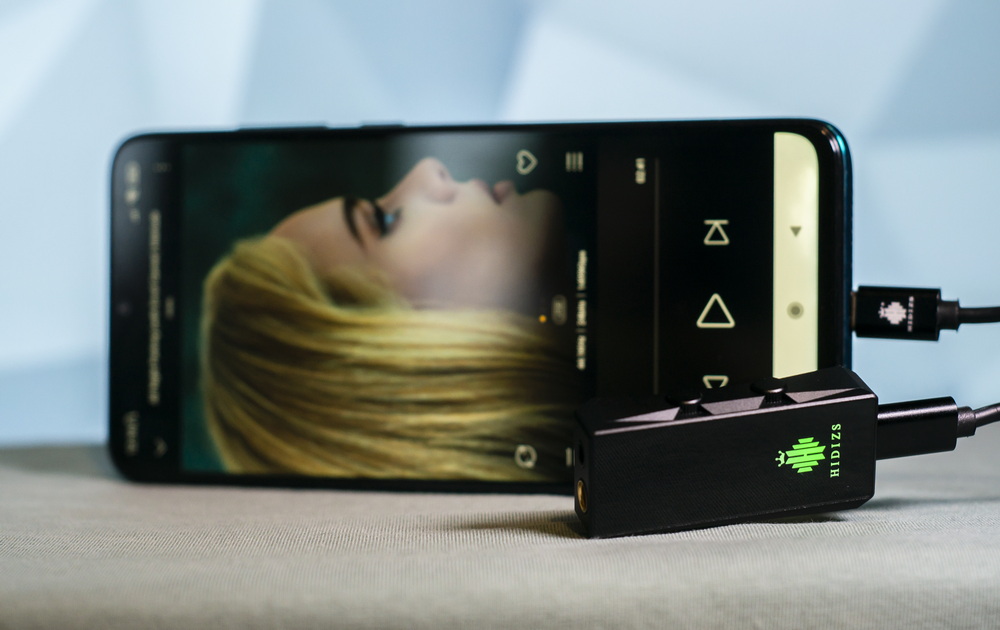
Sample rate indication:
- Yellow: DSD 64/128
- Purple: DSD 256/512
- Blue: PCM 176.4/192(kHz)
- Red: PCM 352.8/384(kHz)
- White: PCM 705.6/768(kHz)
- Green: PCM 44.1/48/88.2/96(kHz)
Filter selection (pressing 2 buttons simultaneously during playback):
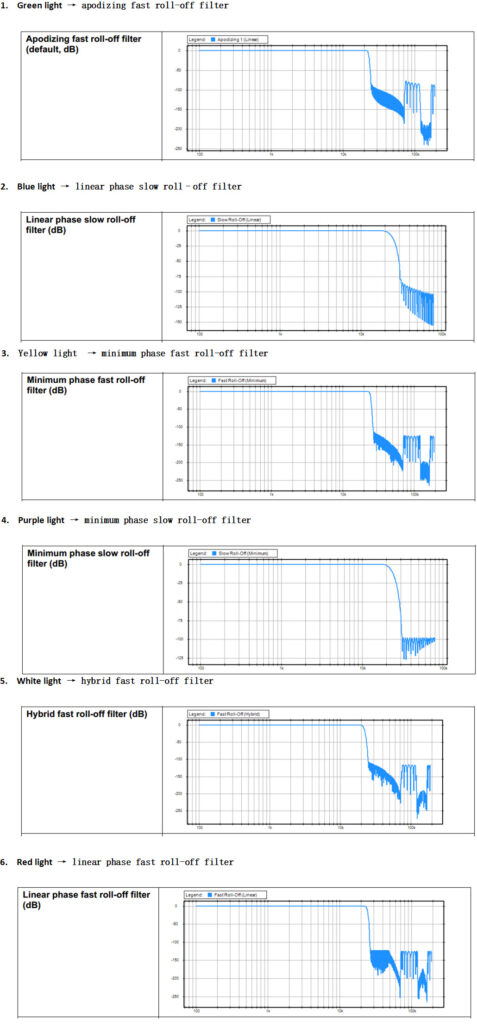
On the right edge we have 2 physical buttons now that are responsible for 2 functions: Volume and Filter. Pressing one button increases or decreases the volume respectively, while pressing two at once would change filter mentioned above. Each press of 2 buttons scrolls to the next filter and there is a change in LED color to identify which filter is currently active. Changing volume with dongle buttons is quite discrete and sometimes it is better to control volume from a source in order to get some preferrable values in between.
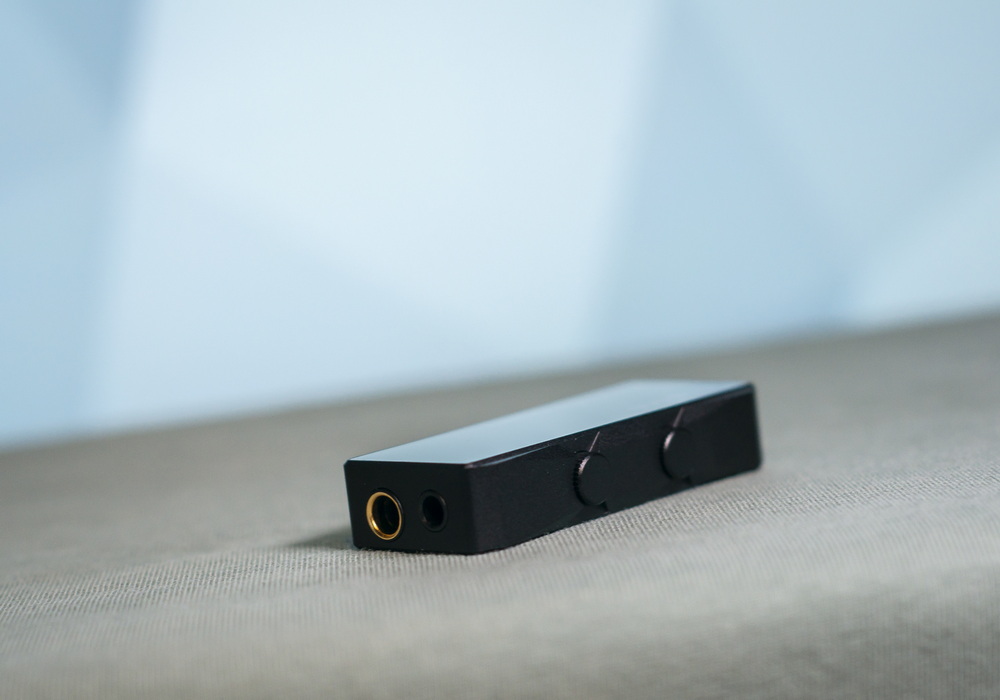
Top edge of the device contains 2 ports: 4.4mm BL Pentaconn type and 3.5mm SE. Since the technical design of S9 Pro Plus claimed to be fully balanced – BL port provides the maximum potential in terms of output power and sound quality. 180mW/channel is pretty high figure that is not expected from such a tiny device. Just for example: the most advanced Hidizs AP80Pro X DAP has 70mW per channel on SE and 190mW per channel on BL outputs which is much lower on SE and only ~5% higher on BL in comparison to S9 Pro Plus dongle. This is despite the fact that AP80 DAP is much larger, has its own LiON battery as power buffer and much more space under the hood for its schematics.
Bottom edge contains type-C USB port which is compatible with PC, MAC, Android and current iPhones with type-C ports. There is also Lightning to type-C adaptor that can be purchased separately to connect to the older iPhone versions. For Windows, there is a dedicated ASIO driver available on Hidizs website. Having such driver on PC is crucial for the best audio experience as it bypasses system mixers, utilizes bit-perfect stream and opens sampling rates up to 32bits/386Khz under driver properties to avoid the additional resampling.
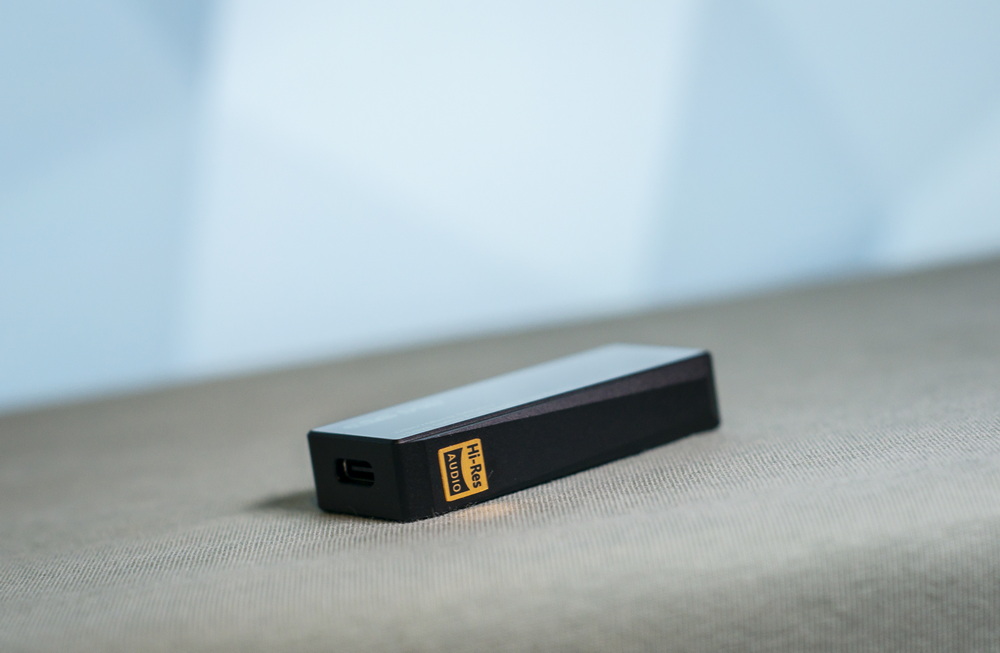
This type-C port also used to upgrade S9 firmware, although I don’t know whether it would be available for public. I have been provided with the firmware upgrade for my early sample that replaced track switch function with volume buttons when dongle is connected to PC to its direct function: volume change. I assume that all final version devices would already come updated. But if interesting: FW change requires PC connection, PID finding and adding to special FW update app plus the FW hex file to push it to the device. Takes about 5-10 seconds to finalize, restart and get back to music.
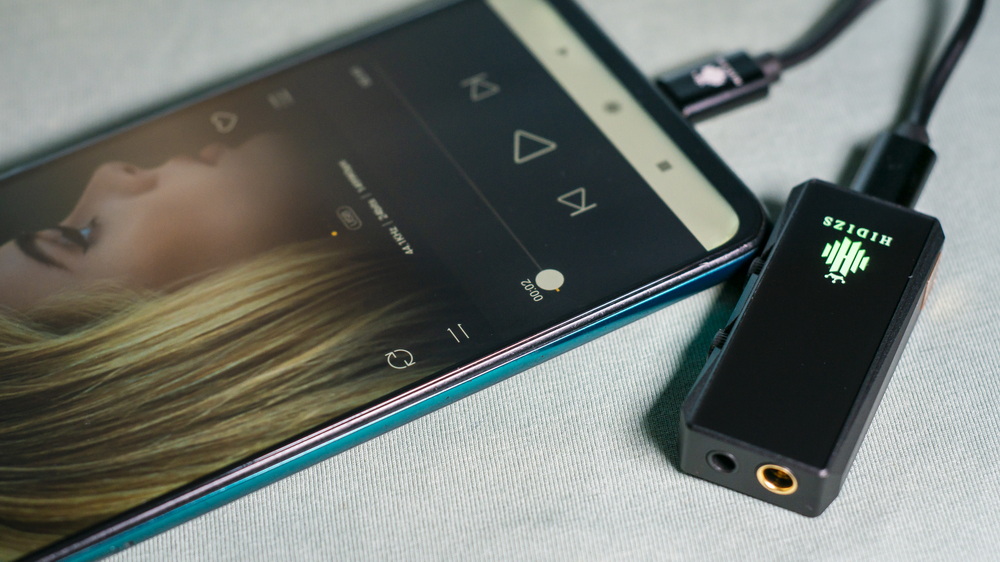
In respect of the sound I can state that S9 Pro Plus is a huge update to a regular audio output of general Android, iPhone, PC, Mac or tablet; some addition to the previous S9 Pro version and make some subtle difference when compared to AP80 Pro DAP. Any regular phone or PC sounds less powerful, has notably lower mid bass slap, less layering and instrument separation as well as less resolution. S9 Pro Plus adds the clarity and defines the stage better, provides better control throughout all frequency range and is able to drive IEMs and headphones to a better extent. In comparison to S9 Pro, the newer dongle adds slightly in gain, mostly notable at mid bass and can provide the additional preferences when switching between different filters. Filters do behave differently, adding / subtracting from the mid portion and making the sound less / more balanced. In case with AP80 Pro DAP found some difference in resolution (AP80 Pro sounds more crisp) but this is quite subtle. I would say that S9 Pro Plus and AP80 Pro sound on par if certain filters are chosen on S9.
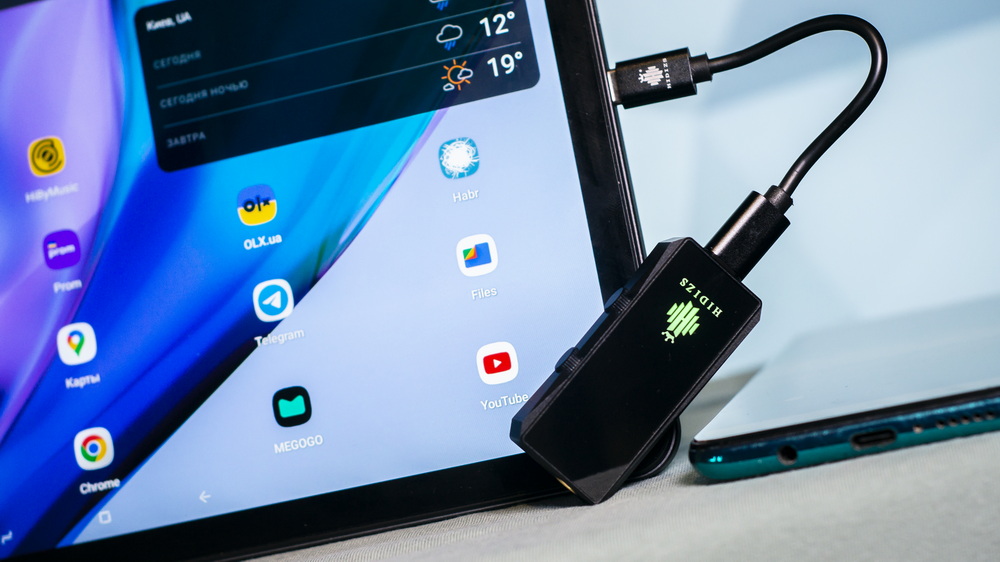
To summarize: I am impressed with the performance of Hidizs S9 Pro Plus USB DAC|AMP in most possible ways. It is small, lightweight, universal for most of the devices, has unexpectedly huge power output and sounds close to AP80 Pro DAP. It is quite and addition to upgrade the sound source in our pockets and can even be used in the desktop setup if larger and more expensive stationary items are not an option. It might been lacking more informative screen or smoother controls but it definitely doesn’t suffer in audio quality.
If Hidizs S9 Pro Plus is interesting to you – here is the trick how to get it with the lowest price possible: the preorder for S9 Pro Plus in Hidizs official online store would start on November 16th, 2023 (9:30AM EST) and would end on Nov 30, 2023 (9:30AM EST). During this period first 100 units would be sold for 69,99USD and the rest for 79,99USD. You can also additionally apply our special 5% discount code: ZMCR5OFF (code would be available from Nov 15, 2023 12:00AM CST). Preorders would start shipping from Dec 5th, 2023.
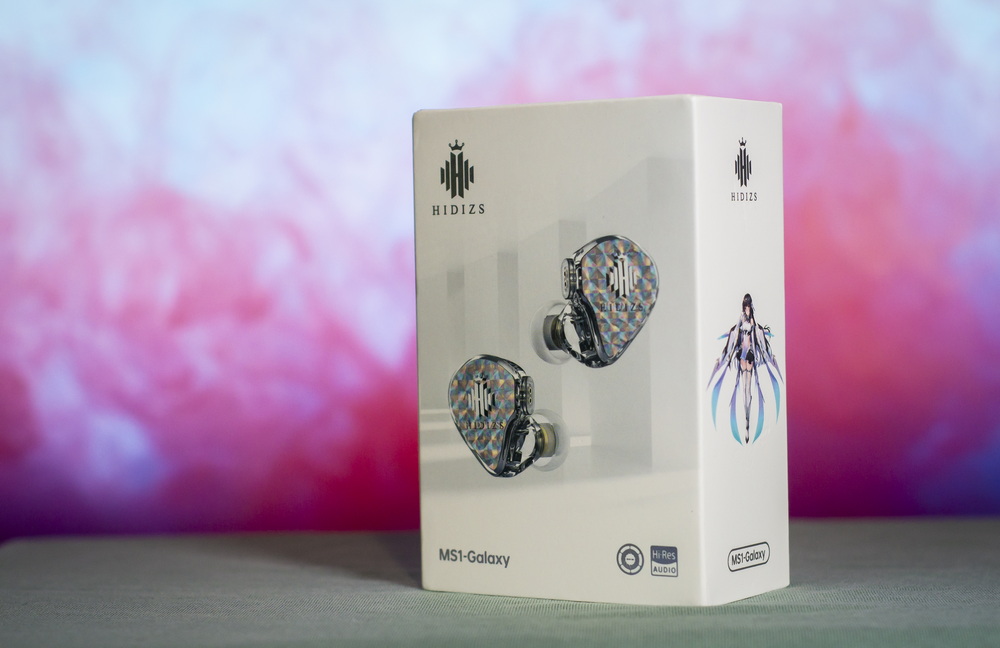
Now, back to the newest least expensive Hidizs IEMs – MS1-Galaxy.
Similar to S9, MS1 Galaxy are not the first single DD budget-friendly IEMs by Hidizs. There were MS1 Rainbow and Seeds preceding Galaxy and I still honor Seeds as one of the best single DD IEMs with very accurate and delicate sound. Unfortunately, those have been discontinued and had one huge drawback – integrated audio cable. I even had 2 versions of Seeds at once – SE and balanced to switch between the sources. Therefore, Hidizs has the expertise to design and build good budget single DD IEMs.
MS1 Galaxy specs:
– High-Performance Dual Magnetic Circuit Dynamic Driver
– 10.2mm PU+PEEK Composite Diaphragm
– Optional Inline Control & Microphone
– High-Density German Makrolon Resin Shell
– Silver-Plated Oxygen-Free Copper Wire
– 0.78mm 2-Pin Plug
– Ergonomic Liquid Silicone Ear Tips
– Ergonomic Design with Comfortable Extended Wear
– Perfectly Aligned With The H-2019 Target Frequency Response Curve
– 3.5mm Gold-Plated Plug & Durable Metal Shell & Splitter
– Hi-Res Certification
FR Graph:
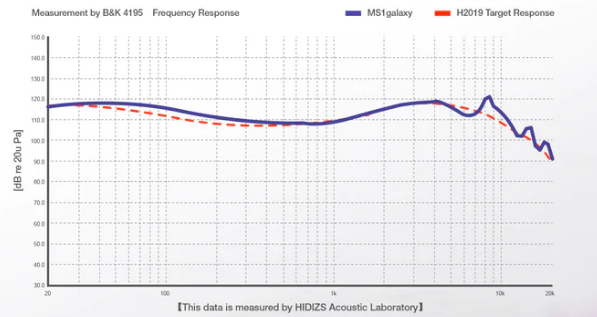
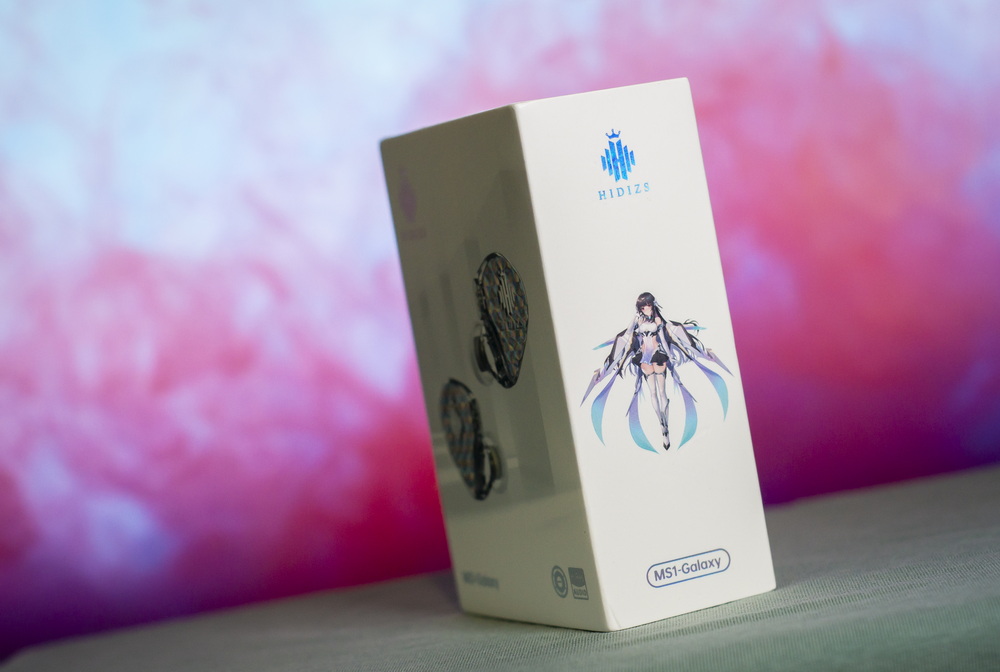
MS1 Galaxy comes in a small white box with the design and graphics resembling anime culture what makes them a desirable gift for younger generations. My 14 years old daughter spotted it on my shelf and tried to free me from this pair at day one after its arrival. I am not a fan of anime, but still the design is fresh and unique to my liking. Even my wife was starring at the box and IEM shells despite staying far from this hobby.
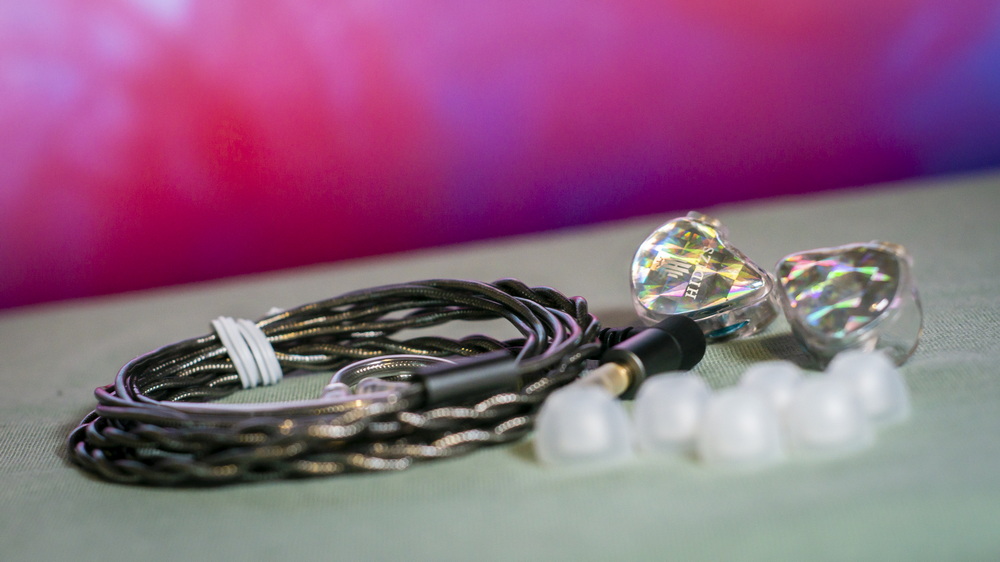
Box includes IEMs, 3 pairs of silicon tips, audio cable and some papers.
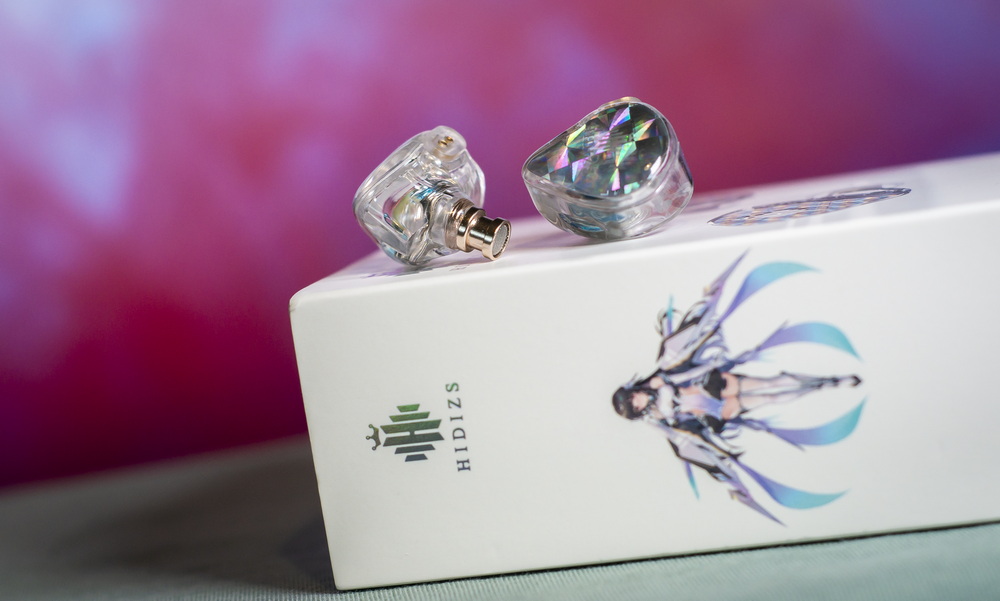
MS-1 Galaxy shells are made of transparent resin which already draws the attention. Front facing plates shine with different colors and remind of diamonds or stars. Cable ports and sound nozzles have golden finish and add to the entire aesthetics.
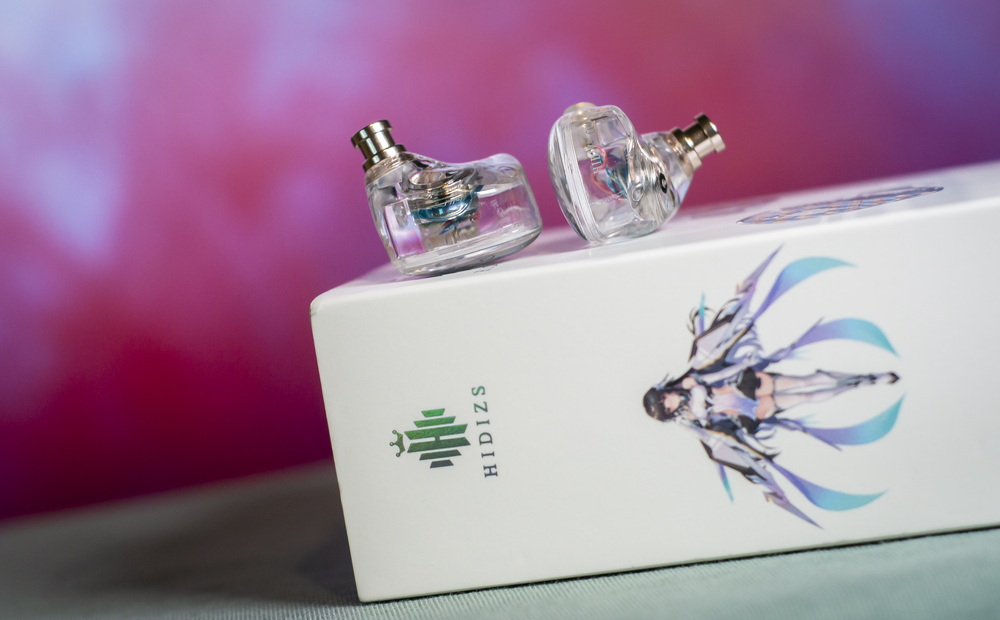
Chambers, cables and driver combination inside look accurate and neat. Sound output nozzles are covered with aluminum mesh for the additional dust/dirt protection.
Cable looks similarly gorgeous: silver braid in transparent isolator with aluminum housing on gold-plated jack and resin housing on 2pin IEM contacts. Additionally, it has ear guides formed of transparent heatsink material.
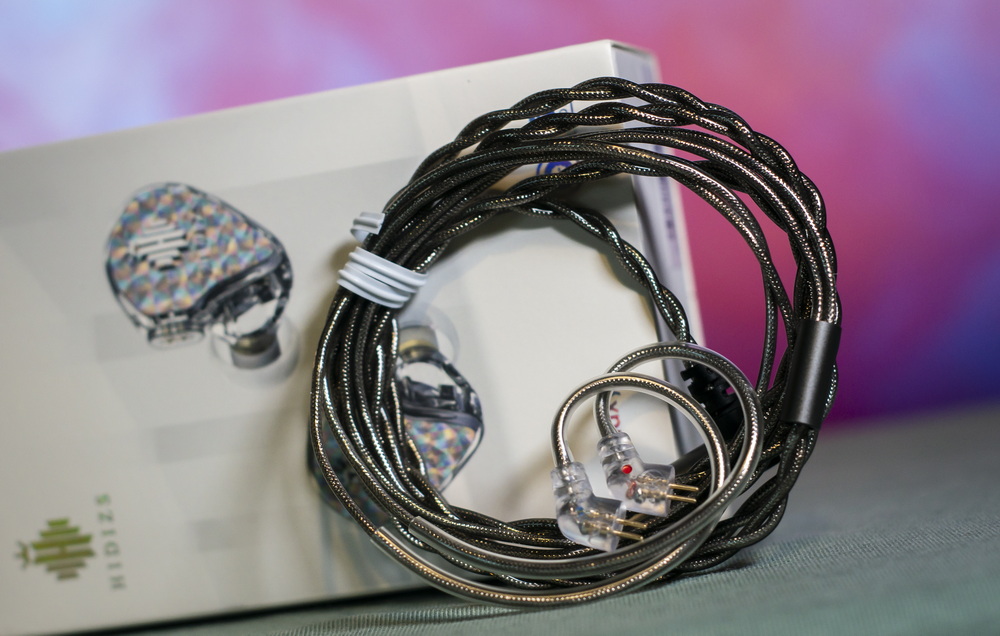
Nothing to be worried in terms of fit since the shape is the most universal for the majority of people, nozzles are quite long and ear guides secure IEMs and cable at place. Choice of ear tips is limiter to 3 sizes and only one material but the diameter is common and most of the aftermarket products would fit nicely if needed.
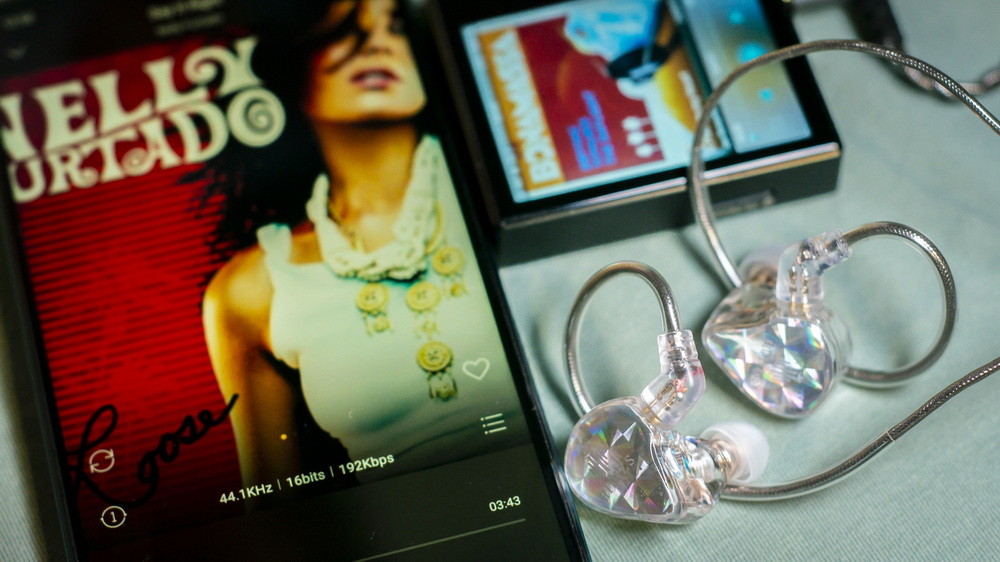
Now, the sound… I’ve tired MS-1 Galaxy with different sources: AP80 Pro DAP, tablet, PC, S9 Pro Plus DAC/AMP and my Android Xiaomi smartphone. In all cases the sound can be described as tending to warm with large bass presence, juicy mid bass, slightly recesses mids and fairly accented treble. Lows and mid bass are the strongest virtues of MS-1 Galaxy. Great presence, good texturing, good control and layering here. Mid bass has good dynamics. Mids are slightly less resolved and slightly pushed back. Male vocal sound pretty rich and natural whereas female vocals might suffer from hisses and sibilance with less capable sources (smartphone, for instance) and low quality tracks. The better the source is, the less this tendency to hiss is pronounced.
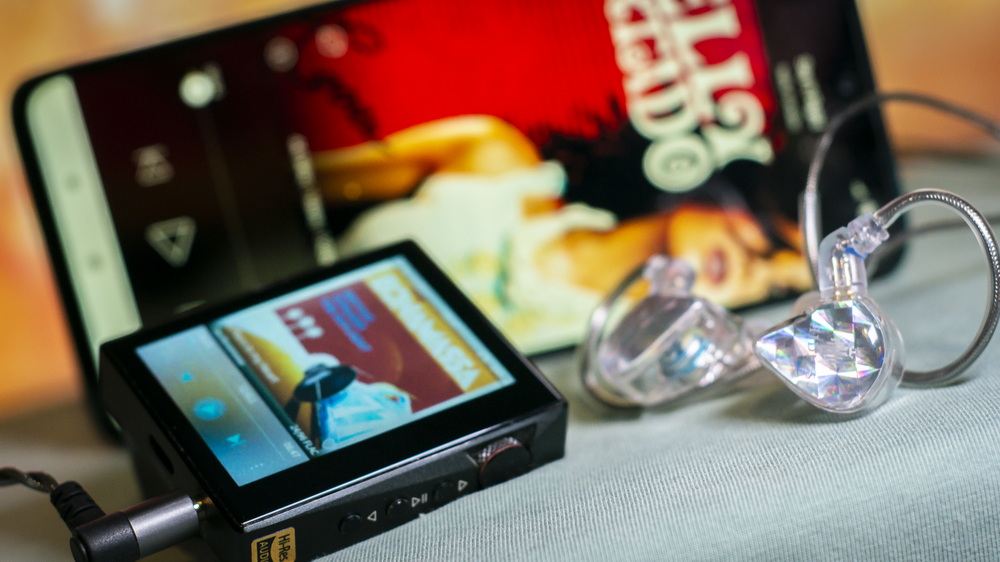
Treble, in its turn, is completely enough in presence but lacks in clarity and transparency. In overall, MS-1 Galaxy with its virtues and imperfections in sound still up ahead of many budget IEMs that passed through my hands and builds the impression of good musical IEMs. Perhaps, its warm signature creates this charm which goes smooth and easy on my ears. I would prefer such type of tonality over crisp and cold when it comes to everyday use. Furthermore, its signature fits ESS-based sources well, making the sound softer and more velvet-like while maxing out the resolution which the driver is capable of. But I wouldn’t use it with AKK-based sources or with tubes cause the sounds starts to feel a bit muddy.
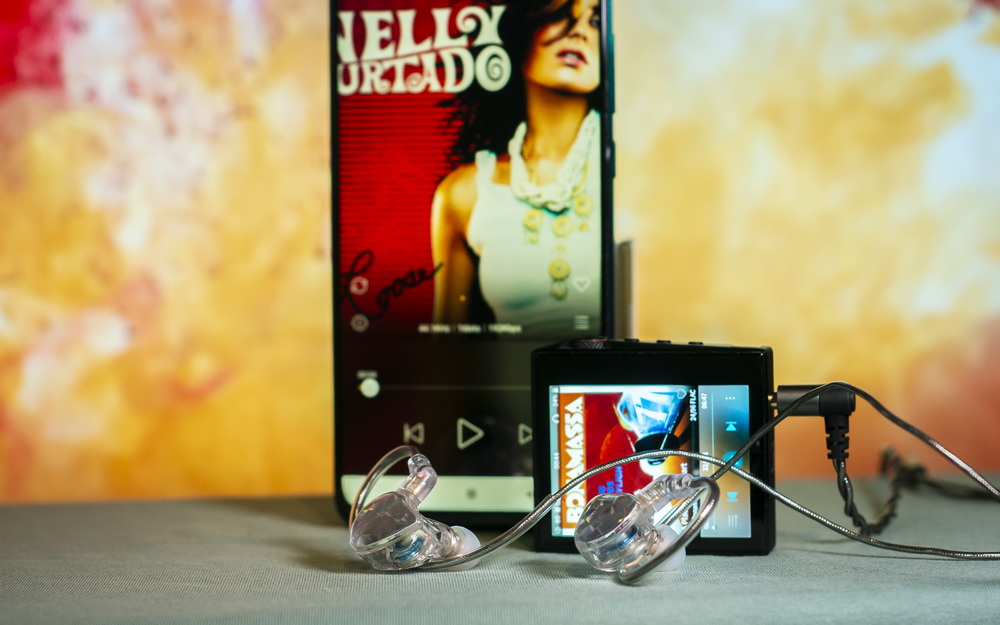
In overall, Hidizs MS-1 Galaxy is a good budget IEMs, great for those who like bass and warm tonality and less interesting for analytical or precise listening. It wouldn’t irritate throughout the day, neither with its fit, nor with the harshness in sound. It feels warm, flowing and smooth, like lounge music that plays on background all day long, suitable and pleasing for everyone. Strong contender, with its pros and cons, excellent build quality, universal fit, relaxing sound, at very low price.
Hidizs MS-1 Galaxy already available at Hidizs official online store: LINK

